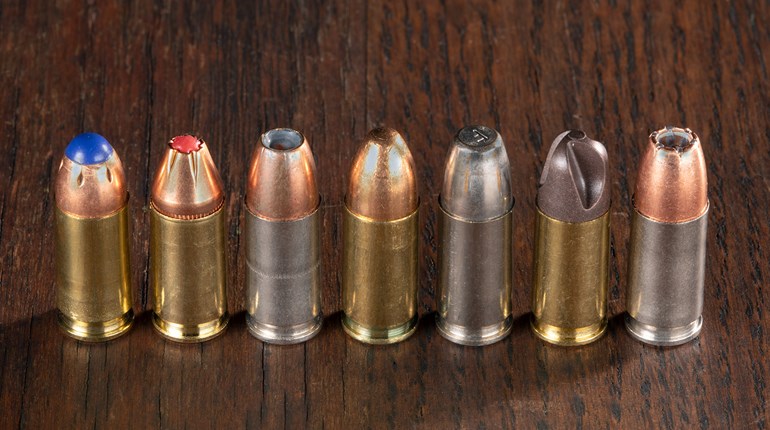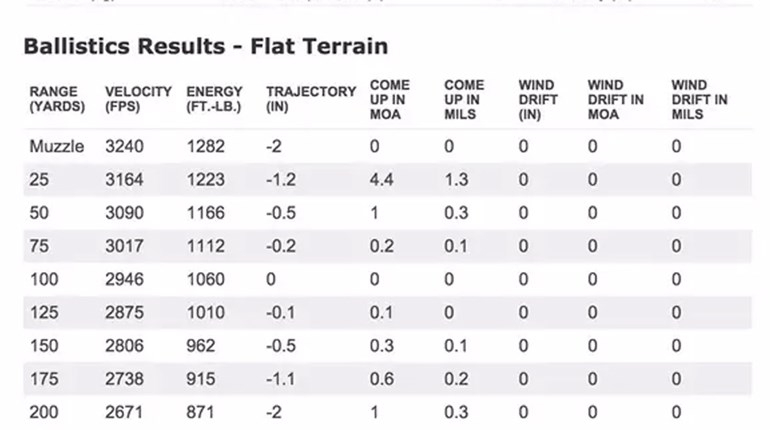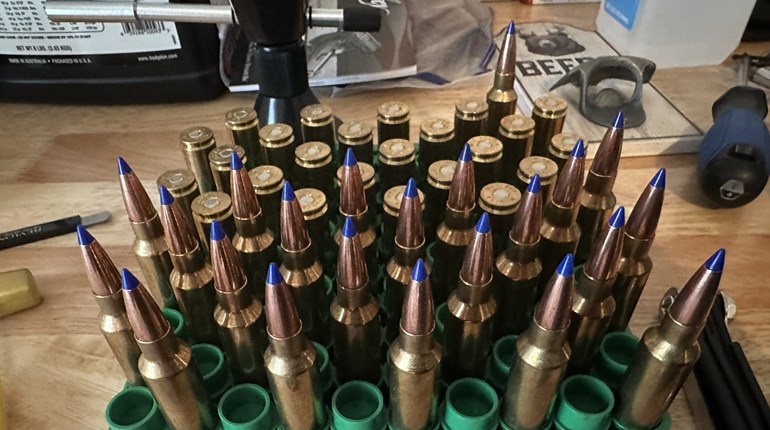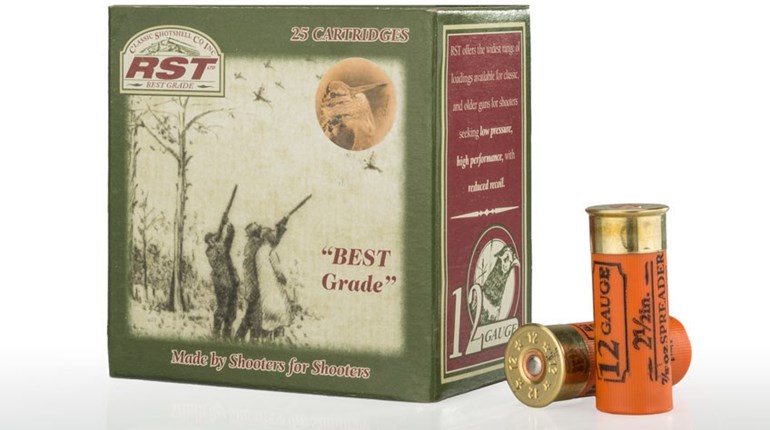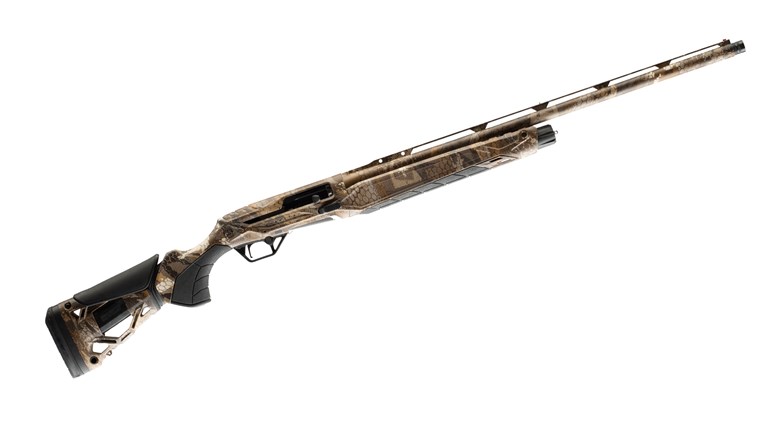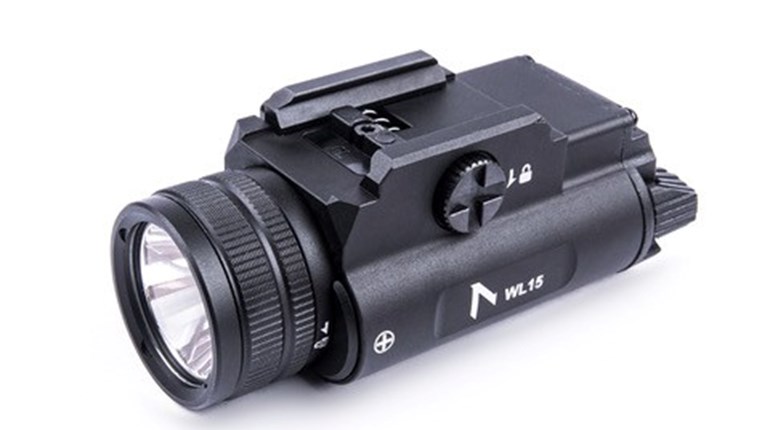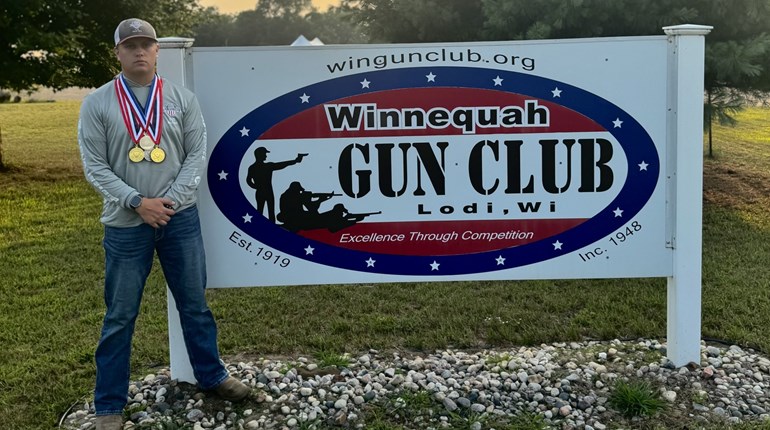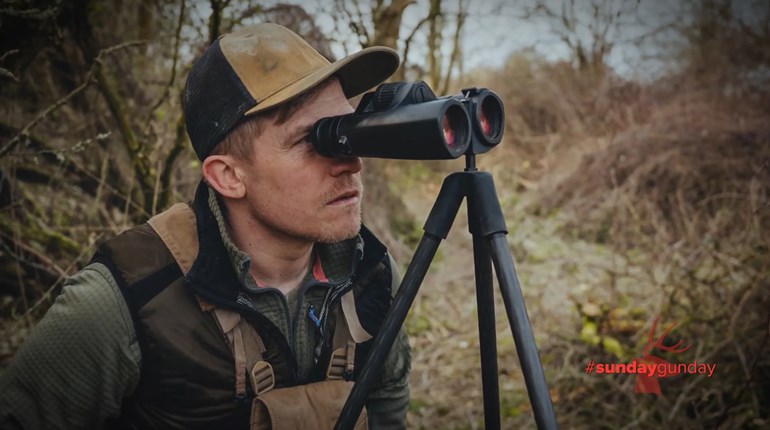** When you buy products through the links on our site, we may earn a commission that supports NRA's mission to protect, preserve and defend the Second Amendment. **

When a lead pellet impacts the target, the pellet deforms slightly, increasing its frontal area and transferring energy to the target more quickly...at the expense of reduced penetration. Steel and tungsten-iron shot pellets, on the other hand, are very hard and will not deform on impact. This results in deeper penetration with slower energy transfer than lead shot. It is common for steel and tungsten-iron pellets to pass completely through the target; it's less common for lead shot to do the same.
Sectional density is a major factor in penetration capability. Round projectiles, regardless of diameter or type, have a very poor sectional density due to their light weight. Shotgun pellets also have a poor ballistic coefficient, so they strike at relatively low velocities. For these reasons, shotgun pellets have very limited penetration capabilities.
On impact, the low striking velocity and energy of pellets can create a very small temporary cavity, if any at all. Thus the main killing mechanism of pellets is the permanent cavity caused by penetration through tissue. Rarely will a single shotgun pellet of any type suffice to cleanly kill game. Rather, the lethality of shotgun pellets is directly related to pattern quality. Odds increase with dense, evenly distributed patterns that provide a high probability of the multiple hits needed to cleanly bag the game.
When hunting birds with lead shot, a phenomenon called "feather draw" is often encountered. In this instance, the deforming pellet catches and holds some of the small, fine pinfeathers near the bird's skin and may drive them through the permanent wound channel. This reduces penetration and lethality substantially. Hunters have found that copper- or nickel-plated shot addresses this problem. Apparently, the copper or nickel surface reduces friction, thereby minimizing feather draw.
There are two methods for determining which pellet sizes, pellet types and loads are best for your type of hunting:
Sectional density is a major factor in penetration capability. Round projectiles, regardless of diameter or type, have a very poor sectional density due to their light weight. Shotgun pellets also have a poor ballistic coefficient, so they strike at relatively low velocities. For these reasons, shotgun pellets have very limited penetration capabilities.
On impact, the low striking velocity and energy of pellets can create a very small temporary cavity, if any at all. Thus the main killing mechanism of pellets is the permanent cavity caused by penetration through tissue. Rarely will a single shotgun pellet of any type suffice to cleanly kill game. Rather, the lethality of shotgun pellets is directly related to pattern quality. Odds increase with dense, evenly distributed patterns that provide a high probability of the multiple hits needed to cleanly bag the game.
When hunting birds with lead shot, a phenomenon called "feather draw" is often encountered. In this instance, the deforming pellet catches and holds some of the small, fine pinfeathers near the bird's skin and may drive them through the permanent wound channel. This reduces penetration and lethality substantially. Hunters have found that copper- or nickel-plated shot addresses this problem. Apparently, the copper or nickel surface reduces friction, thereby minimizing feather draw.
There are two methods for determining which pellet sizes, pellet types and loads are best for your type of hunting:
- You can begin by pattern-testing selected loads to determine which provide the best pattern quality. Then take the best patterning loads afield and observe the results. Select the load that offers the best combination of pattern quality and game performance. If none qualify, retest with different loads. OR...
- Study the shot size recommendation and load/choke selector charts published in ammunition manufacturers' catalogs and select an appropriate load. Based on decades of field experience, these recommendations can save you considerable time and expense.













